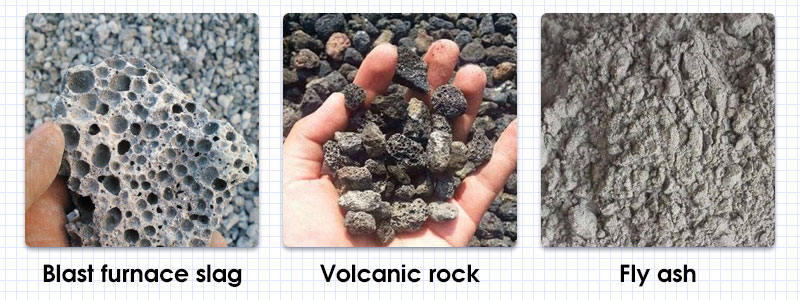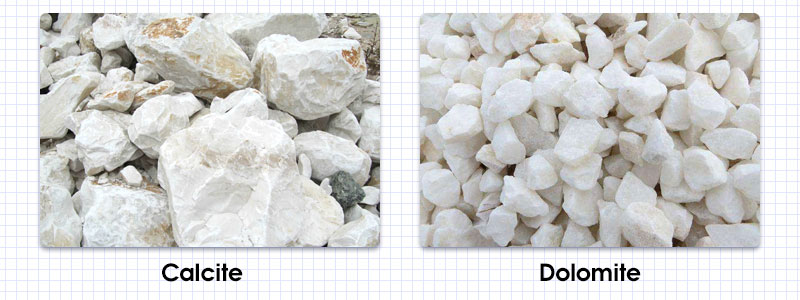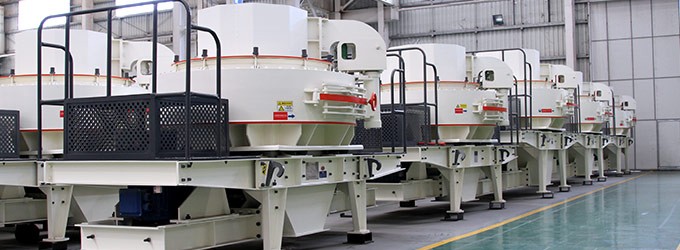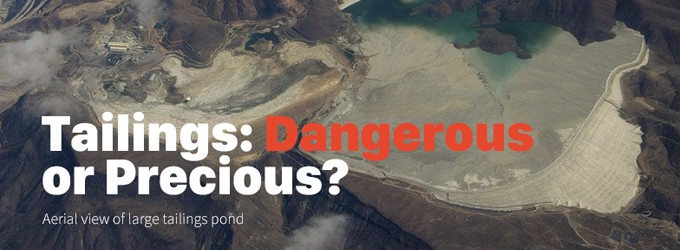For the applications of waste rocks and tailings, many people know that they can be used to produce recycled sand and gravel aggregate, but other applications are not particularly well understood.
Today, Fote Heavy Machinery will share with you the 13 applications and usages of waste rocks and tailings.
1. Sand and gravel aggregate
Sand aggregate is one of the resource-consuming, fundamental, indispensable, and irreplaceable materials for the construction of infrastructure projects such as buildings, roads, and bridges.

Sand and gravel aggregate
However, it is also a non-renewable resource, which has been exploited for thousands of years, causing great damage to the environment.
In the long-term mining and production process, a large number of waste rocks and tailings are produced, which can be completely or partially replaced by sand and gravel aggregate.
Most waste rocks produced in the mining process can be used as a coarse and medium-grained aggregate. The physical properties, chemical composition, the fraction, and weathering degree should be considered when evaluating the rocks and tailings recycling.
Furthermore, hardness and elasticity should be considered. Meanwhile, if the waste rocks and tailings are recycled to be the aggregate, the flake particles should be in a small amount.
In a word, limestone, quartz, granite, diorite, gneiss,basalt, waste concrete are all suitable for recycling as aggregate. Basalt is required to be the aggregate in some runway of the airport, which is won at the high hardness of basalt.
2. The fine aggregate of concrete
When the tailings are used to make the fine aggregate of concrete, the particle size should also be considered.

The fine aggregate of concrete
Generally, the sand made of tailings is better than the sea sand, because the latter one often contains salt and chloride ions, which is easy to make steel corrosion. While the tailing sand is rough on the surface, and it can improve the strength of concrete.
However, the tailings are required a certain particle size during its application for fine aggregate. Tailings should be screened when their particle size does not meet the requirements.
3. Used as the ballast of railway
The ballast of the railway is required to be unbreakable under the vibration pressure. The flake rocks cannot be used as ballast, while limestone and basalt are suitable to be used as ballast.

Used as the ballast of railway
4. Raw materials of cement
The basic raw materials of cement are limestone and clay. Limestone, claystone, shale, and other stones are common waste rocks that remained in the mining process.
Besides, tailings containing corresponding components can also be used as basic raw materials of cement.
It should be noted that copying the past specifications of cement grade requirements is not allowed when using limestone and claystone, and the actual situation should be considered.
5. The mixing materials of cement
Some properties of cement can be improved and the consumption can be saved by adding proper mixing materials into the cement. At present, furnace slags and fly ash have already been used to be active materials mixed in cement.

The mixing materials of cement
Actually, some tailings are capable of mixing into cement, such as the tailings remained from the vanadium titano-magnetite. In addition, the waste rocks or tailings containing many amorphous materials can be also used as active mixing materials.
6. Corrective raw materials used in the cement clinker
There are two kinds of corrective raw materials used in the cement clinker: iron corrective raw material and silicon corrective raw material. These two corrective materials can be obtained from tailings.
Some metal mine tailings which contain much iron content, can be sold to cement plants and used as iron corrective raw materials. And some iron ore tailings which contain much silicon and iron can also be used as iron and silicon corrective materials.
7. Raw materials to produce all kinds of bricks and tiles
At present, coal gangue bricks have become one of the main building materials to replace clay bricks. Coal gangue can be not only be used to make gangue bricks but also for hollow bricks.

Raw materials to produce all kinds of bricks and tiles
In the actual production process, many waste shales are also used to make bricks, which consumes more energy than coal gangue.
Besides, uncalcined gypsum tailings can be ground and mixed with slags and coal ash to make new construction materials such as gypsum bricks and hollow bricks.
8. Reclaim field from beach land
This application is to turn the beach land into arable land. In North China and other arid areas, there are often many intermittent rivers or semi-intermittent rivers with wide river beaches and narrow waterways even when it rains.
Furthermore, there are a large number of pebbles of different sizes on the beaches on both sides of the river, which cannot be used as cultivated land.
This method is to use stones to build a 3.5 to 5 meters high dam on the beach to discharge the tailings directly into the pool. After filling the pond with tailings, the pebbles have been buried under the tailings and covered with arable soil of about 25 cm.
This application has been succeeded in many countries.
9. Landfill of waste rock or/and tailings in open pits to restore fields
Dump waste rock or tailings into previously-existing open pits and cover them with a certain thickness of cultivable soil to make them arable, which is exactly what many mines are doing.
10. Used as the raw material for the production of silicon bricks

Used as the raw material for the production of silicon bricks
Silicon brick as an acid refractory material is widely used in glass melting furnace, coke oven or hot air furnace, and other facilities. Its load softening temperature is up to 1640 to 1670℃.
The requirement for the raw material of silicon brick is that the content of SiO2 should not be less than 96%, and that there should not be too many impurities such as Al2O3, N2O, K2O, etc.
Some kaolin tailings meet this requirement completely. And in the waste rock of some mines, there are quartzite or quartz sandstone which can meet this requirement.
11. Used for the production of calcium carbonate
A large amount of calcium hydroxide or calcium oxide is contained in white mud, calcium carbide slag, phosphor gypsum, alkali slag, etc. These tailing and waste rocks can be used as the raw material for the production of light calcium carbonate.
12. Used as the raw material of heavy calcium carbonate
Heavy calcium carbonate is mainly used as the main raw material or filler in the industries of plastics, rubber, glass, ceramics, toothpaste, etc.

Used as the raw material of heavy calcium carbonate
It is mainly made of calcite and dolomite, with the requirements of high purity, low iron, no sulfur, and is harmless to the human body.
There are large fragments of calcite veins, dolomite veins, or pure marble in the waste rock of some mineral deposits, which can be selected from the waste rock as the raw material.
13. Tailings reprocessing: recovery of valuable components from tailings
Tailing reprocessing is an important measure to improve resource utilization and reduce tailings discharge. It can be seen from the current achievement that the recovery rate of resources is not only improved but also huge economic benefits are brought to the enterprise.
In the field of mining, the industrialized countries in the world have taken the no-waste mine as the mine development target and the comprehensive utilization degree of tailings as a symbol to measure the scientific and technological level and economic development degree of a country.
The utilization of solid waste resource become more urgent because of river sand mining limitation, sand and stone industry rectification, sand and stone shortage, and their soaring prices. And the recycling of tailings, waste rocks and concrete to replace artificial sand and natural sand aggregate will become a new opportunity that brings more profits to enterprises.



